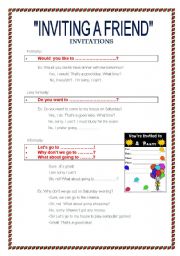
|
How to invite someone
Good aim to make your students speak, they can feel more confident. It�s also very useful to help them making up different role plays.
Level: elementary
Age: 10-14
Type: worksheet
Downloads: 21
|
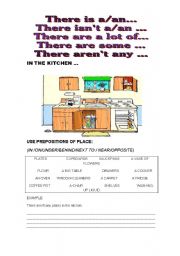
|
Describing a kitchen
Use of "There is/are/isn�t/aren�t" and prepositions of o place to make descriptions of places.
...
Level: elementary
Age: 8-12
Type: worksheet
Downloads: 10
|
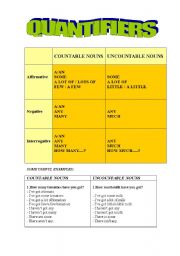
|
QUANTIFIERS
A very useful way to make children learn the difference between countable and uncountable nouns.
Level: elementary
Age: 12-14
Type: worksheet
Downloads: 28
|
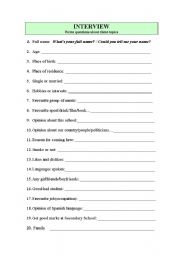
|
INTERVIEW
Some of the most important questions pupils must know. Open questions; they can make questions in some different ways as in the example given.
Level: elementary
Age: 10-14
Type: worksheet
Downloads: 5
|
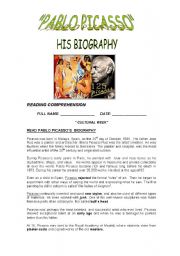
|
READING: Picasso�s biography
Studying Picasso�s biography, one of the greatest artist, we can revise the past simple, adjectives etc
Level: intermediate
Age: 14-17
Type: worksheet
Downloads: 51
|
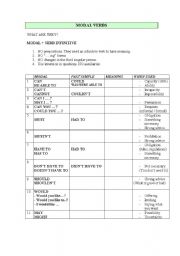
|
MODALS
A brief explanation of the most common modals, their use and their meaning.
Level: Choose
Age: 13-17
Type: worksheet
Downloads: 13
|
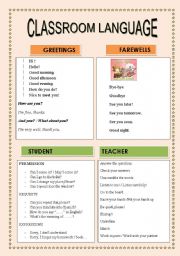
|
Classroom Language
I usually use this worksheet in my first day just to make the students remember the basic vocabulary in the class.
Level: elementary
Age: 7-12
Type: worksheet
Downloads: 41
|
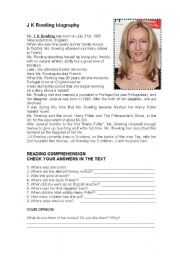
|
READING COMPREHENSION
A good aim when you are teaching biographies.
Level: elementary
Age: 13-14
Type: worksheet
Downloads: 18
|
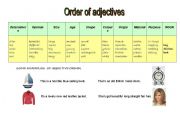
|
Adjective Order
Easy table to understand the order of adjectives with some examples given Exercises to practise.
Level: intermediate
Age: 14-17
Type: worksheet
Downloads: 106
|
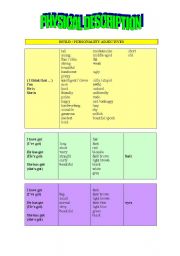
|
Physical descriptions
Different charts pupils can use to write or speak. Useful vocabulary and adjectives given
Level: elementary
Age: 8-14
Type: worksheet
Downloads: 49
|